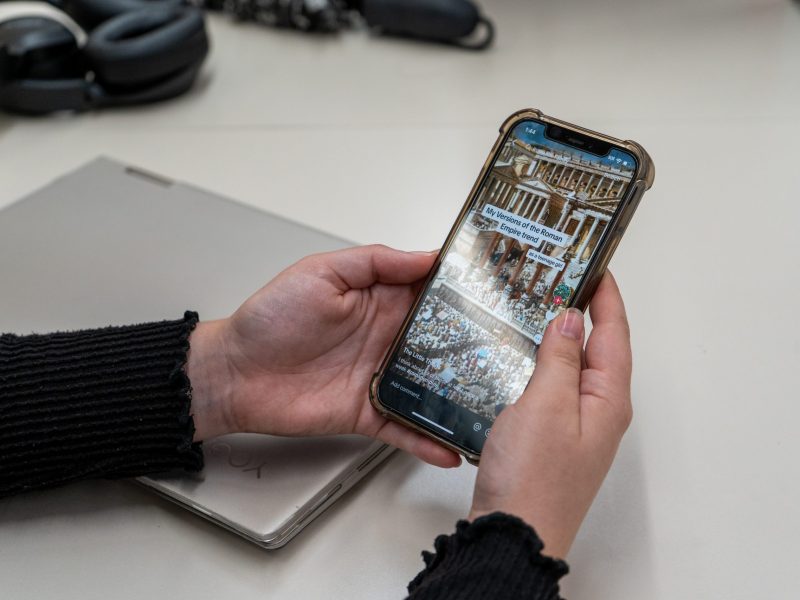Last week, AMC Entertainment CEO Adam Aron announced his openness to allowing texting and other cellphone use in the company’s movie theaters.
Of course, Aron’s bold suggested change quickly elicited a storm of outrage on social media. He eventually withdrew his comments altogether.
One could sympathize with him for attempting to cater to the young moviegoers who fill auditorium seats. Still, it is wholly unnecessary to upend the system as it exists.
It’s true that our society has changed drastically since the advent of movie theaters. Our lives offline and online are now intertwined, and most industries have made changes to accommodate for it: News is available online, television is binge-watched and music is streamed. But is it really necessary to instate any more change than we’ve already endured? AMC and other cinema chains should not have to take a cue from their media-industry counterparts. The moviegoing experience as it currently exists is sacred, and it is important they continue to preserve it, no matter how little sense it makes.
Movies are unique in that they can often transport viewers to different times and places. Many movie audiences enjoy going to the theater to completely escape reality. However, this is only possible when those audiences can be completely immersed in the moviegoing experience — unplugged from the electronic devices that anchor them to the real world, shrouded in darkness and focusing all their attention on the screen in front of them. No real-life obligations, responsibilities or work and family emergencies could possibly be worth disrupting this engaging environment.
And it is an unspoken truth that all films equally require their respective audience’s uncompromised attention, be it 2015’s Academy Award-winning Spotlight or Paul Blart: Mall Cop 2.
Allowing texting and cellphone use in theaters is a slippery slope toward movie-theater obsolescence, and we should not stand for it.



